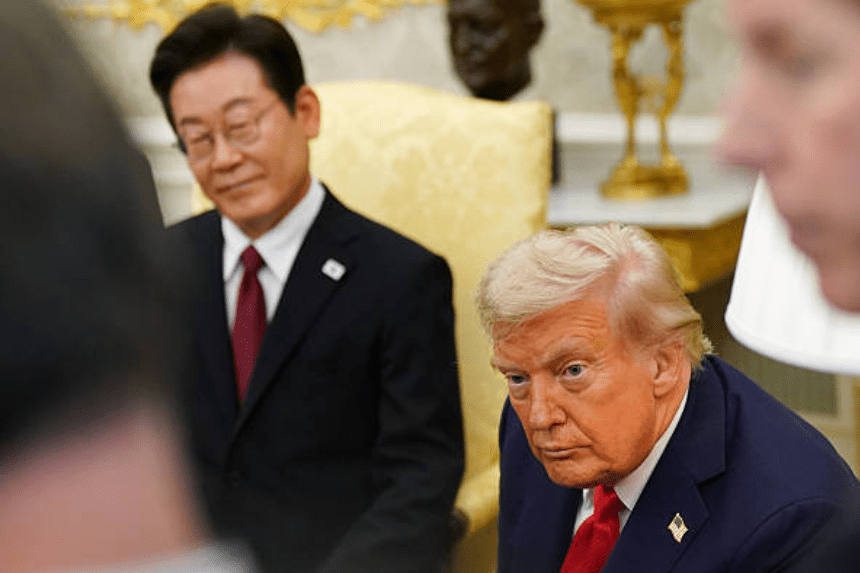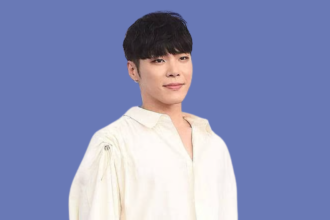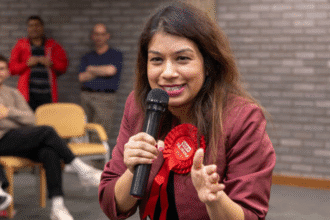This is the technique that helped South Korean President Lee Jae Myung manage a somewhat delicate and potentially heated meeting with former U.S. President Donald Trump at the White House in a high-stakes encounter. Although the meeting started with signs of confrontation, such as an enigmatic message on his social media outlets that was posted by Trump, no open tensions were created.
Such essential topics as trade, military presence, and North Korea were communicated, but no significant conflicts were exposed. Instead, both leaders managed to identify areas of agreement, which were highly limited, and the focus was on the cooperation between the leaders, which came as a surprise to observers.
How Lee Jae Myung Gained the Favor of Trump?
President Lee entered the meeting with Trump been in the position of doubt since Trump has criticized South Korea over its defense spending and a trade surplus with the United States. Also, Lee had left-leaning views, which might have aroused the suspicion of the authorities in Washington, as the politician previously commented that he would like to be closer to China.
Lee also addressed concerns about flattery and diplomacy with a tilt toward flattery. He also gave praises to how the Oval Office looked, the friendship Trump has with Kim Jong Un, and also poked fun at him building a Trump Tower in North Korea.
This charm attack made the tension less. Trump also made a passing mention of the political upheaval in South Korea, but with nowhere to go with it. Lee did attain her primary objective, which was not to make Trump angry and to use implied threats instead of getting into an open fight. Here is the link to our article Trump Targets Obama.
What Was the North Korean Role in the Negotiations?
It is not surprising that North Korea was in the spotlight. The two found a common touch point in dealing with the isolated regime. Lee praised Trump on his previous dealings with Kim Jong Un and requested that he behave as a peacemaker between the two Koreas.
Trump reacted constructively, stating that he had met Kim three times previously, and the talks kept the door open. Nevertheless, the way forward is unclear. Pyongyang has dismissed initiatives of both Seoul and Washington, and its refusal to stop its nuclear program is not a possibility at all.
This leaves negotiations in the future in serenity. Both nations have to review their approach to the North, particularly in case the latter happens.
Have Trade and Defense been Solved?
Trade and defense were to be on the agenda, but during the public part of the meeting, specific resolutions were avoided. Both sides, however, emphasized the need to maintain economic relations.
Seoul has also recently lowered American tariffs on Korean products to 15 percent, in accord with an agreement to invest in the U.S.A. an initial amount to tune of 350 billion dollars, of which 150 billion dollars will be dedicated to shipbuilding within the U.S.A. Several hours after the White House meeting, Korean Air declared they were to purchase Boeing aircraft on a large scale, signifying further cooperation.
Trump had also made an argument that the U.S. should own the territory where the Osan Air Base lies, south of Seoul. In the meantime, he remained silent on the possibility of abandoning American forces in South Korea, a proposal that he had previously revitalized.
Minor details of the defense relationship, such as financial contributions, are now being worked out by the logged-off officials. Here is the link to our article on Trump Secures Japan.
Where Are U.S.-South Korea Relations Headed?
South Korea managed a stable outcome from the recent summit with Trump, despite no major policy breakthroughs. The meeting, though low on substance, avoided public fallout—seen as a win for both sides. South Korea is balancing ties with the U.S. and neighbors like China, though sometimes at the cost of national interests. The encounter between Trump and President Lee Jae Myung highlighted the value of diplomacy over confrontation. By sidestepping sensitive issues and emphasizing cooperation, both governments maintained a steady alliance. With North Korea unpredictable and trade talks ongoing, Seoul must adopt a more flexible strategy ahead.








